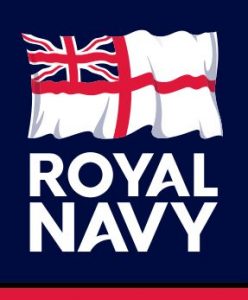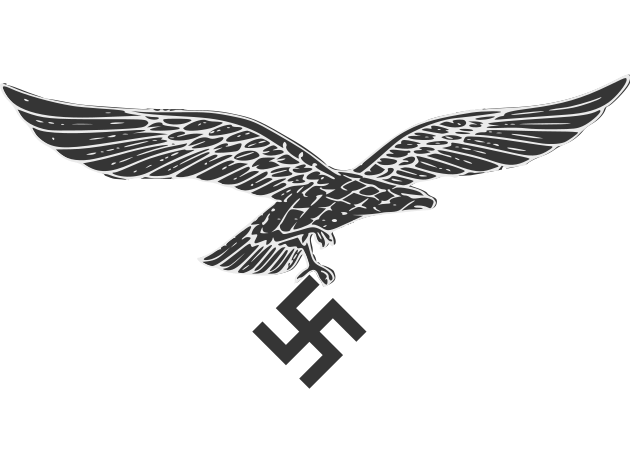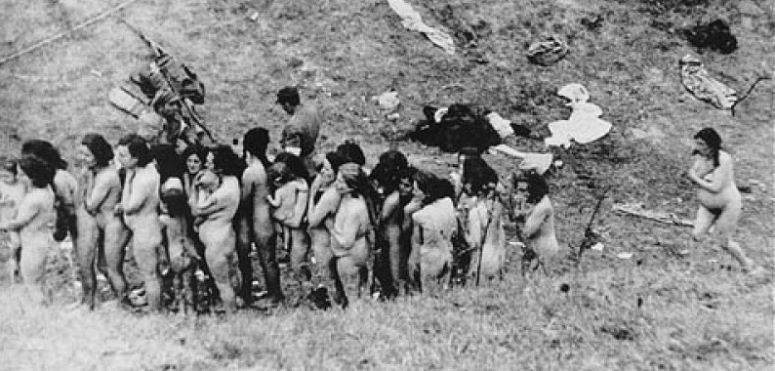Siege of Malta.

The Siege of Malta was a military campaign in the Mediteranean Theatre of the World War II. From 1940–42, the fight for the control of the strategically important island of Malta pitted the air forces and navies of Italy and Germany against the Royal Air Force  and the Royal Navy.
and the Royal Navy.
The opening of a new front in North Africa in mid-1940 increased Malta’s already considerable value.British air and sea forces based on the island could attack Axis ships transporting vital supplies and reinforcements from Europe. General Erwin Rommel, in de facto field command of Axis forces in North Africa, recognised its importance quickly. In May 1941, he warned that “Without Malta the Axis will end by losing control of North Africa”.
The Axis resolved to bomb or starve Malta into submission, by attacking its ports, towns, cities, and Allied shipping supplying the island. Malta was one of the most intensively bombed areas during the war. The Luftwaffe  and the Regia Aeronautica
and the Regia Aeronautica  (Italian Royal Air Force) flew a total of 3,000 bombing raids over a period of two years in an effort to destroy RAF defences and the ports. Success would have made possible a combined German—Italian amphibious landing “Operation Herkules” supported by German airborne forces, Fallschirmjäger.
(Italian Royal Air Force) flew a total of 3,000 bombing raids over a period of two years in an effort to destroy RAF defences and the ports. Success would have made possible a combined German—Italian amphibious landing “Operation Herkules” supported by German airborne forces, Fallschirmjäger. . It was never carried out. In the event, Allied convoys were able to supply and reinforce Malta, while the RAF
. It was never carried out. In the event, Allied convoys were able to supply and reinforce Malta, while the RAF 
 defended its airspace, though at great cost in material and lives.
defended its airspace, though at great cost in material and lives.
By November 1942, the Axis had lost the Second Battle of El Alamein and the Allies had landed forces in Vichy French Morocco and Algeria under Operation Torch. 
The Axis diverted their forces to the Battle of Tunesia, and attacks on Malta were rapidly reduced. The siege effectively ended in November 1942.
In December 1942, air and sea forces operating from Malta went over to the offensive. By May 1943, they had sunk 230 Axis ships in 164 days, the highest Allied sinking rate of the war The Allied victory played a major role in the eventual Allied success in North Africa.











Leave a Reply